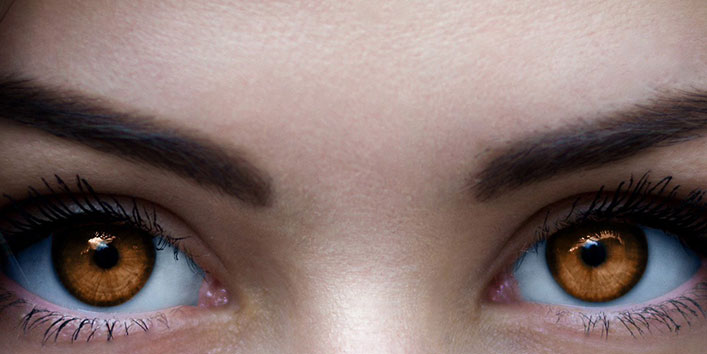
HERC2 has a region referred to as intron 86. Since brown eyes have a lot of melanin, they have higher levels of P protein. These are a type of cellular structure that work to store and produce melanin. Two of the common genes are HERC2 and OCA2.Ī substance called a P protein works to mature melanosomes. The genes associated with eye color largely work in the transport, storage, and production of melanin - the pigment that results in eye color. These genes are inherited from your parents. There are three primary genes that are responsible for eye color.

The iris is the colored part of your eye, as it contains pigmentation. brown eyes enables a richer appreciation of the diversity and beauty present within human eyes. While hazel and brown eyes share some commonalities, they exhibit key differences, particularly in their color composition and complexity. No set of hazel or brown eyes is exactly like another’s, leading to individual distinctions and making each person’s eyes special.

Variation and Complexity: Hazel eyes often display a higher level of complexity in color pattern and can change appearance depending on lighting conditions.Brown eyes, on the other hand, are predominantly brown and may show only slight hints of green or other colors. Hazel eyes typically exhibit a combination of colors such as brown, amber, and green, with potential flecks of gray, blue, or gold. Color Composition: The most striking difference between hazel and brown eyes lies in their color composition.In certain types of lighting, especially in low light conditions, hazel eyes can even appear to be light brown, further confusing the distinction between hazel vs. Hazel and brown eyes are often considered similar due to their shared brown pigmentation, leading many to categorize them together. For example, if you have brown eyes, you tend to have a lower risk of macular degeneration. Melanin also determines how dark your eyes become.īoth of these eye colors come with their benefits. Pigmentation plays a major role in whether you have brown or hazel eyes.


 0 kommentar(er)
0 kommentar(er)
